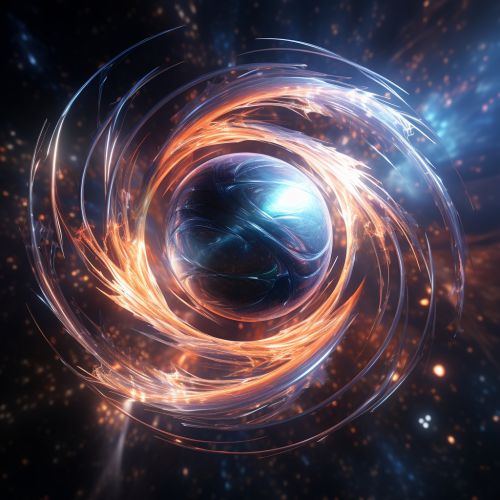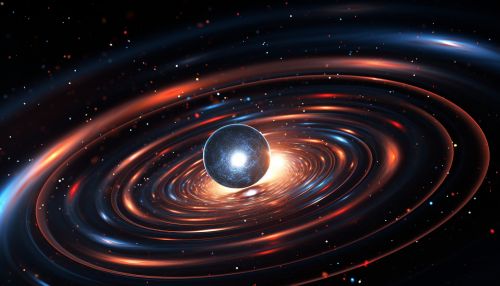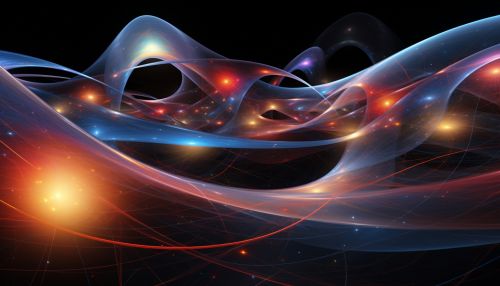The Physics of Superstring Theory
Introduction
Superstring theory is a theoretical framework in which the point-like particles of particle physics are replaced by one-dimensional objects called strings. Superstring theory describes how these strings propagate through space and interact with each other. On distance scales larger than the string scale, a string appears just like an ordinary particle, with its mass, charge, and other properties determined by the vibrational state of the string.


Background
The concept of superstring theory is a broad extension of string theory, where the strings of string theory are replaced by one-dimensional extended objects called superstrings. The theory has its roots in the dual resonance model of hadrons from the late 1960s, which was a precursor to string theory. The term "superstring" was coined in 1971.
Fundamental Principles
Superstring theory is based on the principle of quantum mechanics, and incorporates the principles of quantum field theory and general relativity. It is a candidate for a quantum theory of gravity, since it incorporates gravity along with the other three fundamental forces – strong, weak, and electromagnetic – into a single unified framework.


Types of Superstrings
There are five consistent versions of superstring theory: Type I, Type IIA, Type IIB, and two flavors of heterotic string theory (SO(32) and E8×E8). The different theories allow different types of strings, and the particles that arise in the different theories have different properties.
String Theory and Superstring Theory
While string theory allows for a string particle to have a gravitational interaction, it is only in superstring theory that the graviton, the particle that mediates the force of gravity, arises naturally out of the mathematics. This is one of the reasons why superstring theory is seen as a leading candidate for a theory of everything.


Mathematics of Superstring Theory
The mathematics of superstring theory is highly complex and involves a number of sophisticated techniques from quantum field theory, differential geometry, algebraic geometry, and representation theory. The theory also requires the existence of extra dimensions of space, which can be compactified into a variety of complex shapes.
Experimental Evidence
As of now, there is no experimental evidence that superstring theory is the description of the real world. However, it is hoped that future experiments in particle physics and observations of the universe can provide evidence for the theory.
Criticism and Controversy
Superstring theory has been criticized for being untestable, as the energies required to probe the scale of strings are far beyond current capabilities. It has also been criticized for its lack of predictive power, as the theory has a vast number of solutions, each corresponding to a different possible universe.
Future Prospects
Despite these criticisms, superstring theory remains a very active area of theoretical physics, and has stimulated a number of major developments in pure mathematics. It is hoped that further theoretical work will lead to a full understanding of the theory and its physical implications.


